- 1. P0128 Code – Coolant Thermostat (Coolant Temperature Below Thermostat Regulating Temperature)
- 2. Causes of OBD-II Code P0128
- 3. Solutions for OBD-II Code P0128
- 4. Final words
- 5. Common Questions
- 6. How easy a P0128 error can be fixed?
- 7. Can I continue driving with the P0128 code?
- 8. How is the code P0128 serious?
P0128 Code – Coolant Thermostat (Coolant Temperature Below Thermostat Regulating Temperature)
OBD-II code P0128 is a common diagnostic trouble code that appears when your vehicle’s engine control module (ECM) detects that the engine is not reaching its optimal operating temperature within a specified time period. This code can be triggered by a variety of issues, ranging from a faulty thermostat to a malfunctioning coolant temperature sensor. In this article, we’ll explore the potential causes and solutions for OBD-II code P0128.
Note: The cause of this error may pop out from a faulty coolant temperature sensor, air intake temperature sensor or stuck cooling fan. Check it before you go with thermostat fixing.
Causes of OBD-II Code P0128
One of the most common causes of code P0128 is a faulty thermostat. A thermostat is a temperature-regulating valve that opens and closes to allow coolant to flow through the engine. If the thermostat becomes stuck open, it can prevent the engine from reaching its optimal operating temperature.
Another possible cause of code P0128 is a malfunctioning coolant temperature sensor. The coolant temperature sensor is responsible for sending a signal to the ECM that indicates the engine’s temperature. If the sensor fails, it can send inaccurate signals to the ECM, causing it to think that the engine is not reaching its optimal operating temperature.
Low coolant levels can also trigger code P0128. If there is not enough coolant in the engine, it cannot properly regulate the engine’s temperature.
Finally, code P0128 can be caused by a malfunctioning heater control valve. The heater control valve regulates the flow of coolant through the heater core, which is responsible for heating the interior of the vehicle. If the valve fails, it can prevent the engine from reaching its optimal operating temperature.
Solutions for OBD-II Code P0128
The solution for code P0128 depends on the underlying cause. If the issue is a faulty thermostat, the thermostat will need to be replaced. In some cases, it may be necessary to replace the housing as well.
If the cause is a malfunctioning coolant temperature sensor, the sensor will need to be replaced. It is important to use an OEM (original equipment manufacturer) sensor to ensure proper function.
If the issue is low coolant levels, the coolant should be refilled to the proper level. It is important to check for leaks, as low coolant levels can indicate a larger issue.
Finally, if the issue is a malfunctioning heater control valve, the valve will need to be replaced. It is important to use an OEM valve to ensure proper function.
Final words
Code P0128 can be caused by a variety of issues, ranging from a faulty thermostat to a malfunctioning coolant temperature sensor. It is important to have the issue diagnosed by a qualified mechanic to determine the underlying cause and the appropriate solution. Addressing the issue promptly can prevent further damage to your vehicle and help ensure optimal performance.
Common Questions
How easy a P0128 error can be fixed?
Diagnosing a P0128 code typically involves the following steps:
Check the coolant level: Verify that the coolant level is at the proper level. Low coolant levels can cause the engine to run cooler than normal and trigger the P0128 code.
Check the thermostat: Check the thermostat to ensure that it is working properly. A faulty thermostat can cause the engine to run cooler than normal, triggering the P0128 code.
Check the coolant temperature sensor: Check the coolant temperature sensor to ensure that it is functioning properly. The sensor should provide accurate temperature readings to the engine control module (ECM). A malfunctioning sensor can cause the engine to run cooler than normal, triggering the P0128 code.
Check for leaks: Check for any leaks in the cooling system that could be causing a loss of coolant. Leaks can cause the engine to run cooler than normal, triggering the P0128 code.
Check the heater control valve: Check the heater control valve to ensure that it is working properly. The valve regulates the flow of coolant to the heater core, which can affect the engine’s operating temperature.
Check the engine cooling fan: Ensure that the engine cooling fan is functioning properly. A malfunctioning fan can cause the engine to run cooler than normal, triggering the P0128 code.
Check the ECM: Finally, check the ECM for any faults or malfunctions that could be causing the P0128 code to be triggered.
Can I continue driving with the P0128 code?
How is the code P0128 serious?
The P0128 code is considered a moderately serious issue. However if the cause of the code is a faulty thermostat, the engine may overheat. Ignoring the P0128 code can result in more costly repairs down the line. It is recommended to have an issue fixed as soon as possible.
We do an efforts to find, research and recommend the best products. So, we may receive commissions from purchases that you make after following the links in our product reviews.


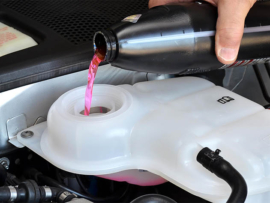
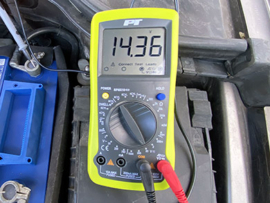
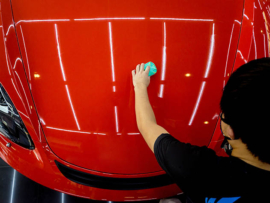
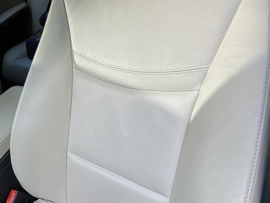
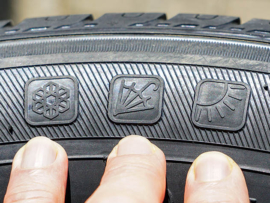

Leave A Comment